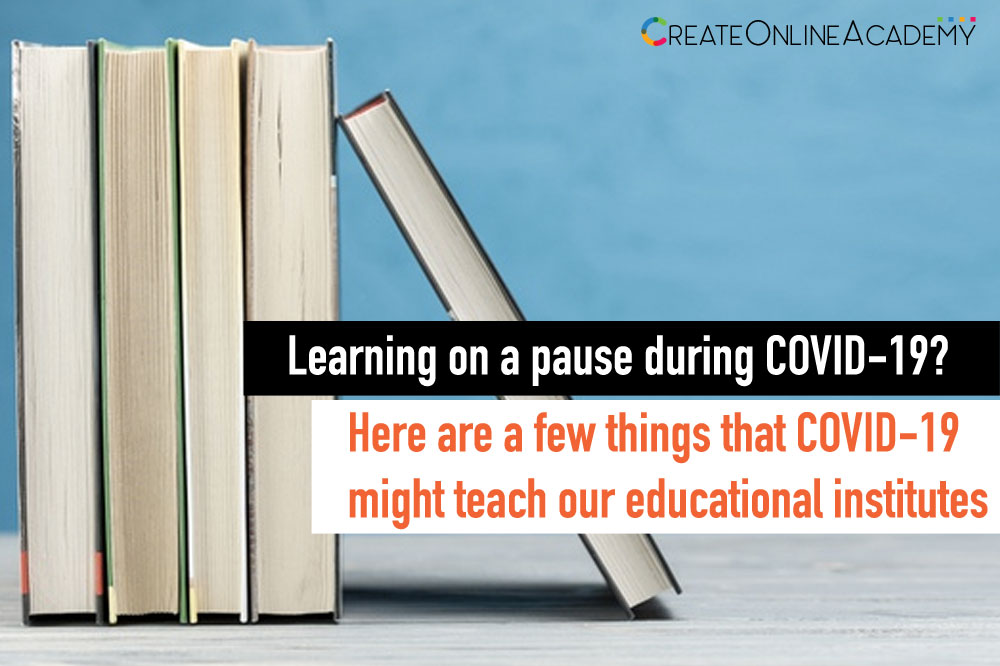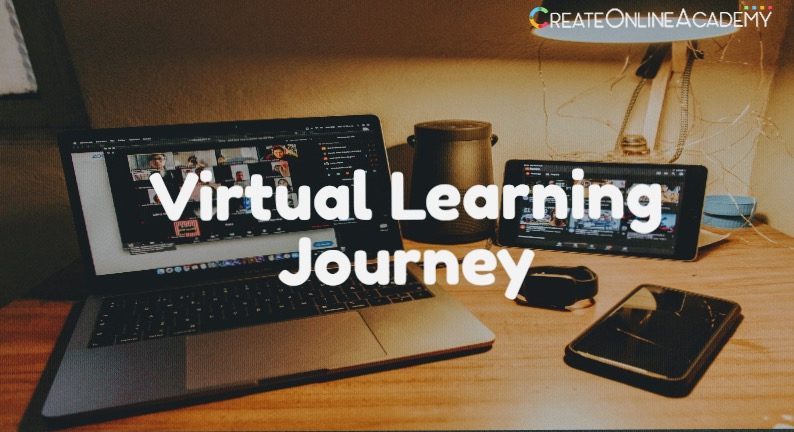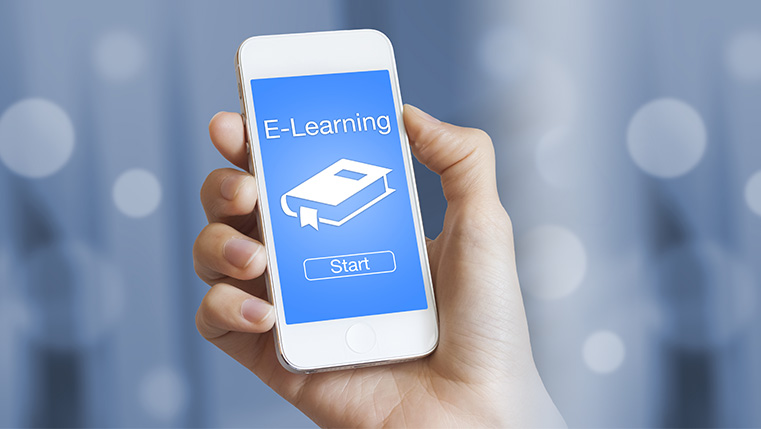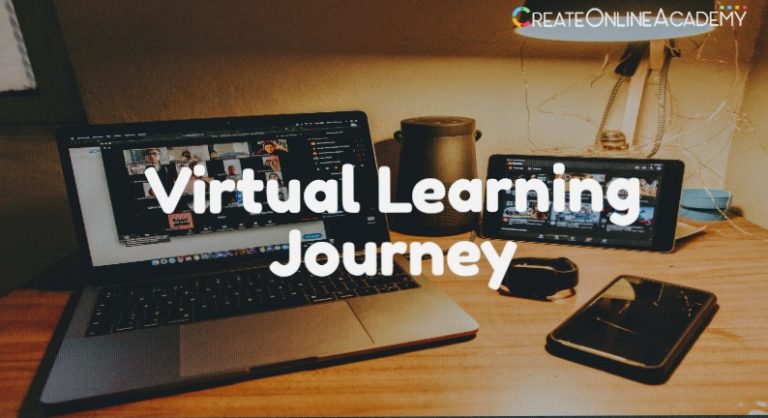Things Educational Institutes Can Learn from COVID-19

For a long time, the world has struggled for an equal right to education. All of that is now over as the internet makes it possible for groups of underprivileged children to be taught remotely over a single connection. COVID-19 has forced a number of academic institutions to change tracks and fast forward their long-distance or remote learning program. However, these steps were only a reaction to the global pandemic and the following lockdown all over the world. The question that most people are asking right now is: Will universities learn something from the COVID-19 situation and change permanently or is this just a temporary situation?
In this article, we are going to explore some of the reasons why educational institutes should fast track their remote learning courses and develop more and more eLearning avenues. Despite the challenges brought forward by the global pandemic, why should universities look towards making permanent changes that incorporate digital learning? The following sections will be covering this topic and more. Read on for answers to the question: Will COVID-19 be a catalyst to a permanent change in the academia world?
Why are these Changes Needed?
The education system across the globe is far from perfect and it needs some changes to ensure that their learners thrive and grow into the individuals they have the potential to become. Often, you will find the college and high school learners dash from place to place trying to keep up with their hectic schedule filled with physical attendance requirements, extra-curricular, tuitions and sometimes family resource problems. Often students have to forego a proper degree due to their inability to live and learn from certain universities due to finance and other issues. All of these problems can be addressed via blended learning. As more and more universities begin to adopt the blended learning approach, we can see the success as in-campus students thrive along with remote or international learners who are connected via eLearning techniques.
The change from traditional to blended learning extends the circle of learners from a small resourceful group to a larger audience base that is full of on-campus as well as international students. Physically attending lessons puts faculty and learners at a time crunch and hassled schedule while also restricting much-needed education to a certain group only. The blended learning or eLearning techniques take into account the needs of the learners and are designed to help the overall holistic growth of every learner.
So, What’s Next?
To make these changes successful and beneficial in the long run, universities will need to really adapt and form a model that they implement in stages in the future. We already know why universities need to change and make these permanent but how can they do it?
- Select: The first step is to select an educational model that incorporates eLearning and fits into the traditional operations of the university. Surveys predict that 92% of universities are looking to approach a blended learning technique that caters to their existing practices and learners while widening the loop to remote learners.
- Enhance: The next step is to polish up your plans and create the content that will be necessary for eLearning or remote learning. Content is the make or break component of every course so this phase needs some focus and effort to set the tone of the entire learning experience.
- Innovate: Not everyone has access to the internet or a steady household where electronic gadgets are easily available. Universities are already taking up unconventional resources such as radio, televised channels and of course internet app platforms to feature their online courses and reach out to a wide audience.
The student’s experience is also a huge factor amongst all of these changes that are being explored to battle the challenges produced by the COVID-19 crisis. The innovation phase allows universities to get feedback from their learners and choose amongst a number of platforms out there to launch their courses and get their education on the right track.
Te best part about all this is that the technology for making all this possible already exists! Platforms such as CreateOnlineAcademy.com make it possible for you to easily scale up your existing courses or create new online courses from scratch and reach out to your learners worldwide using a simple internet connection.
CreateOnlineAcademy.com is the ultimate online course building platform that you can use to create and sell courses online within a short period of time. Are you ready to launch your own digital academy? To learn about their premium tools and other support features, simply click on the link given above.










